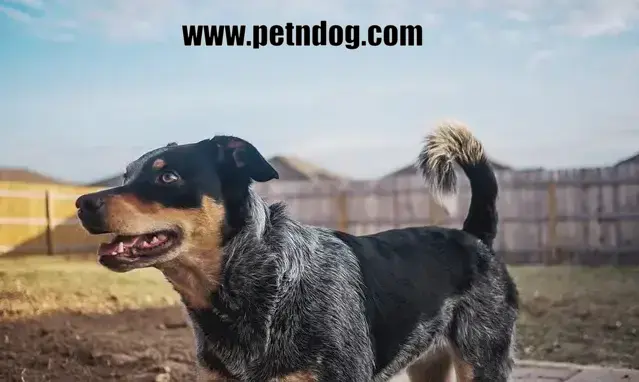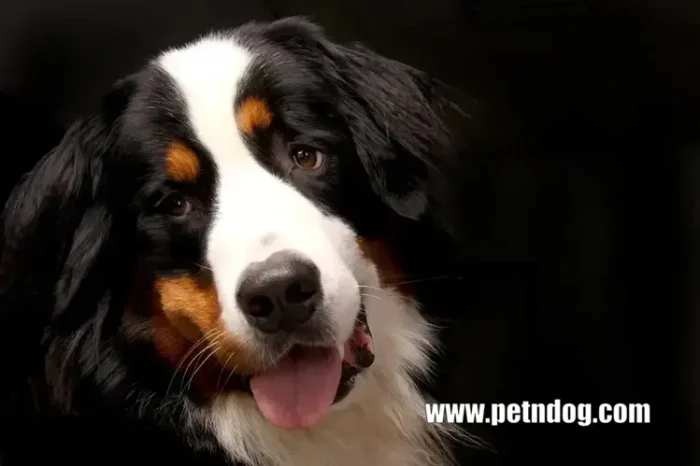Are you dealing with a biting issue associated to your Australian cattle dog? However, this behavior problem is prevalent among many dog owners; therefore, it should be eliminated to ensure that you are in a safe space and the relationship between yourself and your pet remains healthy. In this article, we are going to discuss the problem of Australian Cattle Dog biting as in detail what leads to its development and how such phenomena can be managed properly.
Australian Cattle Dog Biting Problem: A Common Challenge
What causes Australian Cattle Dogs to bite?
Blue Heelers are the synonyms of Australian Cattle Dogs that have been known for their intelligence, loyalty and drive to herd. While the above attributes may serve a positive role, One of which has the characteristic of biting them. they can become detrimental if not effectively directed and controlled.
Some common reasons for Australian Cattle Dog biting include:
- Fear or aggression: Dogs might bite when they want to defend themselves, feel like the situation is threatening them in some way or by exhibiting a reaction of aggression towards perceived threat or provocation.
- Lack of socialization: The lack of exposure to different environments, people as well as animals during their early months may result in fear or territorial aggression and cause bites.
- Protective nature: By nature, Australian Cattle Dogs are very protective of both their family and property. They may use bite as a form of self-defense if they perceive any threat with regard to either.
Strategies for Managing Australian Cattle Dog Biting Problems
When confronted with biting issues in your Australian Cattle Dog, dealing with the problem itself requires much patience and consistency alongside positive reinforcement approaches. Here are some strategies to help you manage and work towards resolving the biting problem:
- Early socialization: Start socializing your Cattle Dog as early as you can. Interact your dog with different objects, animals and atmospheres that are successful to engage in meaningful experiences. This would make them adopt an appropriate behavioral pattern and remain less prone to biting in unknown circumstances.
- Reward-based training: The positive reinforcement methods such as treats, praise and play should be employed when there is a need to reward appropriate behavior while discouraging biting. When your dog behaves well, reward his behavior to develop a habit of a good demeanor on that positive note.
- Establish boundaries: Unquestionably inform your Australian Cattle dog about established boundaries and regulations. Keep the boundaries consistent, and show your dog that they are unacceptable and acceptable. This clarity will ensure they learn to manage their impulsive nature and limit the biting instinct.
- Manage triggers: Determine and address the probable precipitators for biting. If your Australian Cattle Dog shows signs of stress or reactivity when it comes to a situation, you can try either getting him out of the environment where this happens as often some triggers are impossible for removing completely from one’s life like loud noises which means presence addition use “counterconditioning” techniques in order that they learn how better accept what seems threatening at first sight before even
- Seek professional help: But it may be necessary to work with a certified professional dog trainer and even a behaviorist if your Australian Cattle Dog’s biting problem becomes chronic or increases. These professionals can evaluate your particular case, and give you personal advice regarding the behavioral modification plan that should be designed specifically for every individual dog’s needs.
Read More Australian Cattle Dog Behavior Issues: 6 Common Challenge
Read More When Do Blue Heelers Calm Down

Prevention is Key: Tips to Avoid Australian Cattle Dog Biting Problems
As always, the best course of action to take is that one which prevents biting problems before they even begin. By implementing the following preventative measures, you can greatly reduce the likelihood of your Australian Cattle Dog developing biting issues:
- Early puppy training: Using a positive reinforcement methodology, start the training of your Australian Cattle Dog from an early age. Basic obedience commands, socialization skills, and appropriate biting inhibition should be taught to them.
- Supervision and monitoring: Stay within sight when the Australian Cattle Dog is around children, visitors or other animals and keep in mind that this race must not be treated as an accessory. These can impediments, see potential aggression or discomfort and get in quickly.
- Provide mental and physical stimulation: The Australian Cattle Dogs are breed that is both intelligent and hyperactive; they need extreme amounts of physical still as well as mental stimulation. Play with them frequently, take a number of coordinated and rhythmic training sessions; give toys that stimulate their intellect so as to keep it busy constantly.
- Spaying or neutering: It’s recommended to neuter or spay your Australian Cattle Dog. This may aid in controlling aggressive behavior and minimize the probability of being bitten by any animal.
Conclusion
Australian Cattle Dog biting issues should be addressed and controlled by identifying the underlying grievances, consistent training as well super socialization. Through the utilization of strategies and prevention discussed in this article, you will create a way to have your Australian Cattle Dog be well behaved with an ever-present smile. But also keep in mind that persistence and positive reward are essential to a good partnership with your beloved furry pet.




Pingback: Why Do Dogs Bark at Cats? 6 Beautiful Reason - Pet n Dog